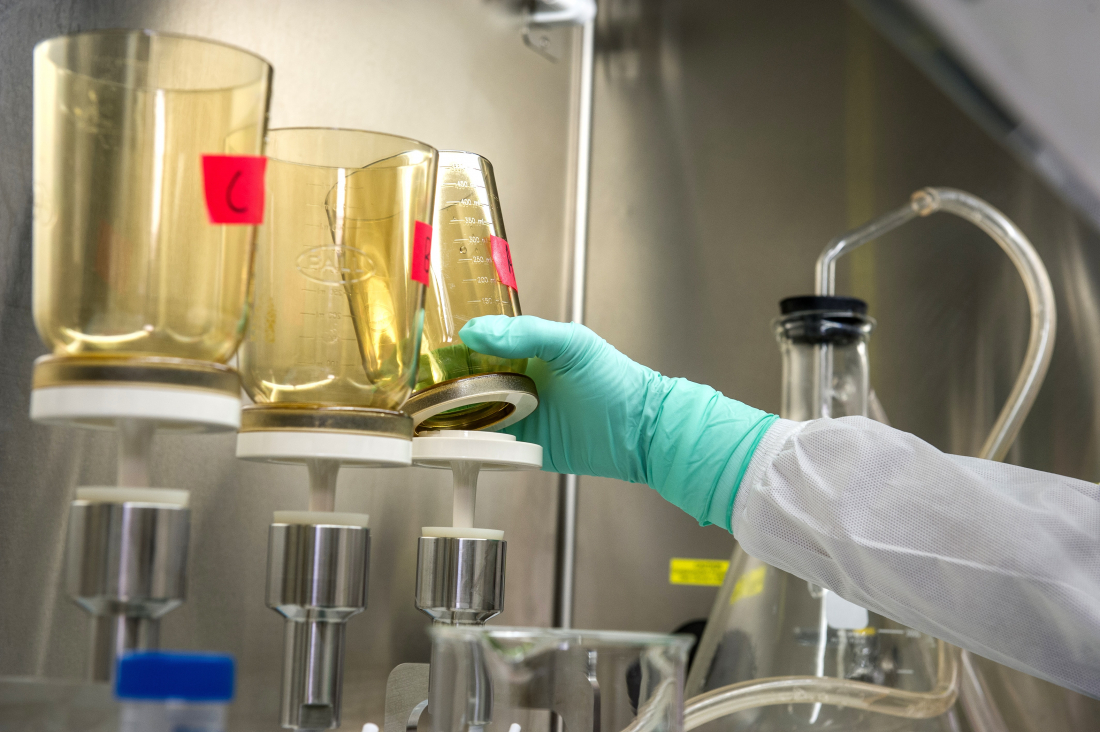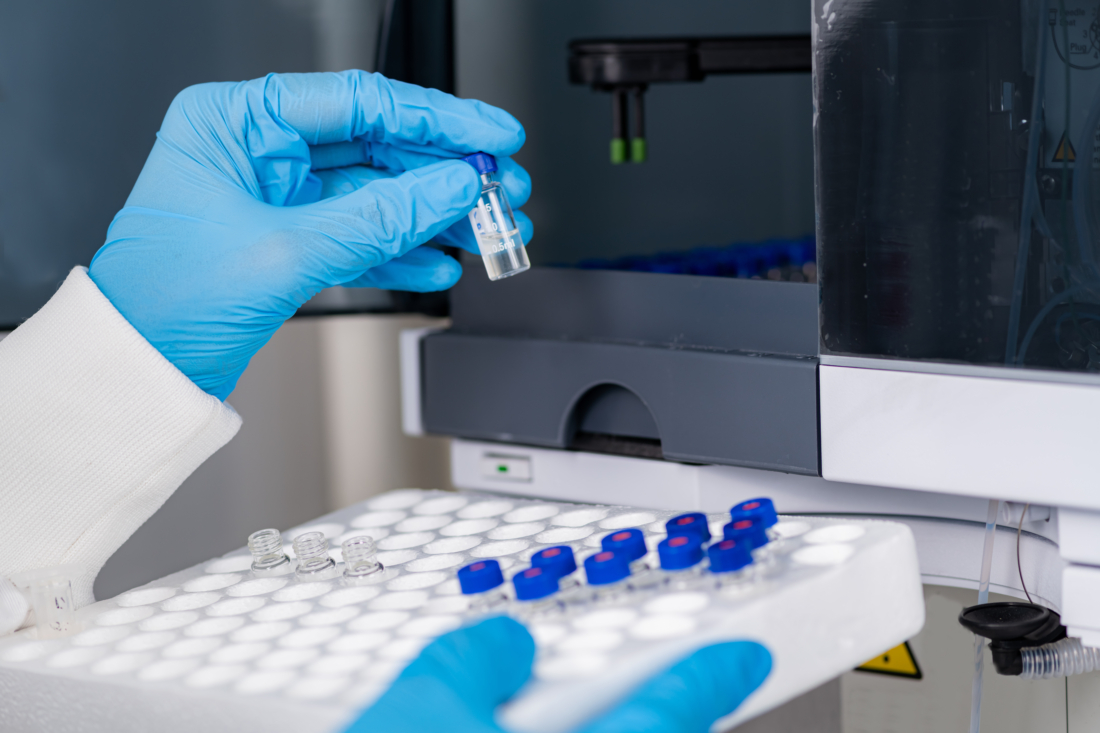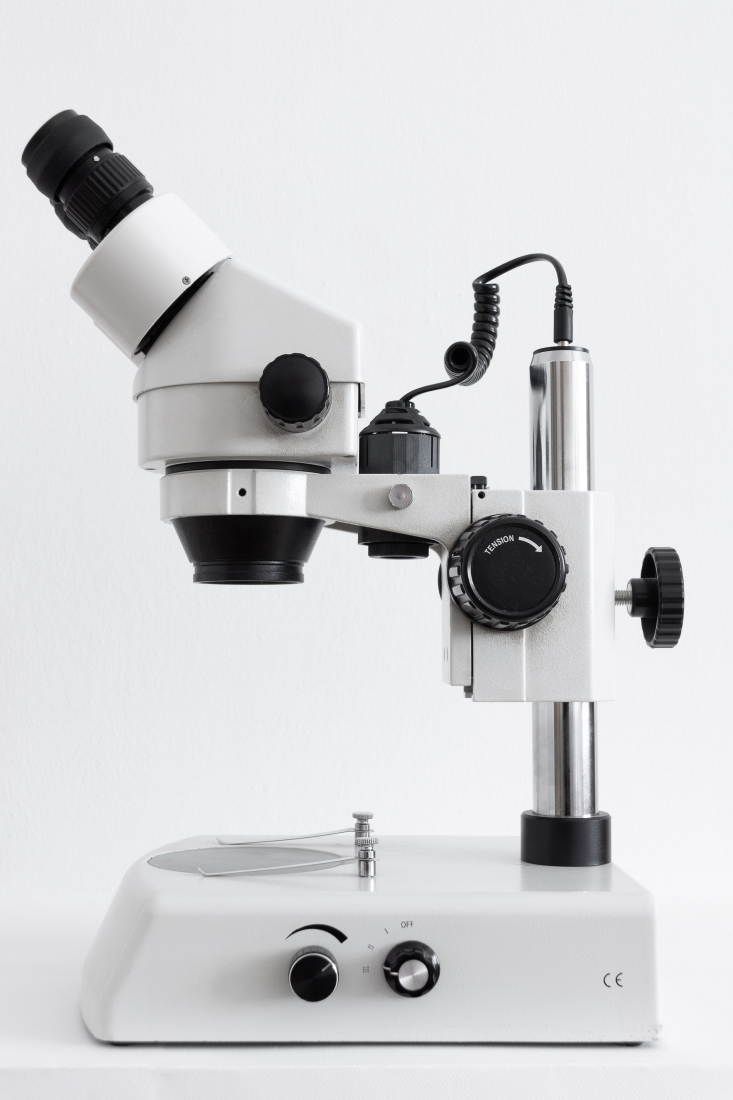The most recurring problems in Quality Control
Issues encountered at the Quality Control (QC)
- The accumulation of quality events.
- Staff turnover
- Non-optimized analytical techniques
- Communication between departments (PM, Stability, Project)
Accumulation of quality events
Quality control generates a certain number of quality events such as OOX, deviations and other laboratory investigations.
The delay between the opening and the closing of an event can take a certain time due to certain factors such as:
- The complexity of the deviation
- The identification of the root cause
- The right choice of CAPAs implemented
- Communication between QC and QA
In order to optimize the time to closure of an event there are certain elements that our quality control engineers can provide:
Knowing how to discuss with the QA, understanding that their need is focused on quality and not on analytics. By providing the arguments and elements that QA needs to approve QC decisions, we foster a better spirit of collaboration and close the event quickly.
Turnover
This is one of the most difficult points in QC when the QC activity is carried out by external personnel. As temporary workers have a legally limited mission duration, it is not uncommon to see many departures. The training of a newcomer to Quality Control is a significant investment of time and money. The training process is marked by authorizations, which require the presence of a tutor to validate the acquired knowledge. For a technician, the course is even longer. Consulting does not have the same constraint as interim, a consultant can stay as long as necessary in a mission.
Analytical techniques not optimized
Many analytical methods used in QC no longer correspond to the state of the art in terms of quality and performance. The products concerned are often those that were put on the market a long time ago. A poorly optimized analytical technique can lead to different problems such as
- Waste of solvent
- HSE risk (solvent and material)
- Invalidated sequence
- Difficulty during reprocessing and data verification
- False OOX
- Analysis time
Communication between departments (PM, Stability, Project)
In a Quality Control laboratory, we can find different departments working in collaboration to ensure the activity of the site. Nevertheless, this collaborative spirit is not always easy to install. It is important that communication, responsibilities and roles are clearly defined and accepted because the short-term objectives of each department are different.
Conflicts can arise during peaks of activity. Schedules are different, equipment must be used by the same departments at the same time, a quality event in one department may affect another, etc. …. In order to work properly as a team, it is useful for each stakeholder to know how each department works, what their objectives are, their urgencies, their way of working and their capacity (number of managers, technicians, quality assurance). Alispharm’s quality control engineers are aware of these elements. The collaborative culture is a given and allows them to perform in these multidisciplinary environments.




